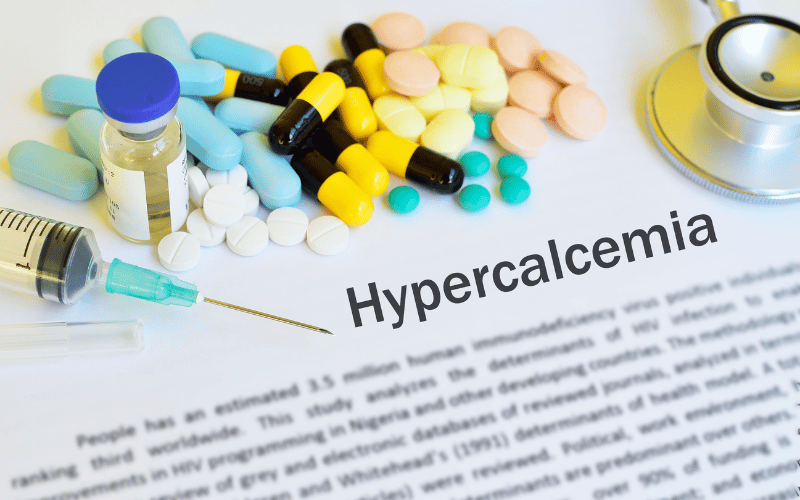5. Hypercalcemia: The Overloaded Calcium Conundrum

We touched upon calcium’s role while discussing renal complications, but hypercalcemia – the condition where there’s too much calcium in the blood – deserves its spotlight. Bones are the primary reservoir of calcium. As multiple myeloma wreaks havoc on bones, excessive calcium begins to spill into the bloodstream.
Initially, the symptoms might be nebulous: a bit of nausea, increased thirst, or maybe some stomach pain. But as calcium levels continue to rise, these signs can intensify, leading to severe abdominal pain, excessive urination, and even changes in one’s mental state like confusion or lethargy.
This surge in calcium doesn’t just affect the gastrointestinal system. The heart, that rhythmic pump, can also feel the brunt. Irregular heart rhythms, palpitations, or in extreme cases, a cardiac event, can be triggered by unchecked calcium levels.
Interestingly, the bones themselves aren’t immune to hypercalcemia’s effects. One would think that with all this extra calcium, bones would strengthen. But it’s quite the opposite. Excessive calcium in the bloodstream can further weaken bones, making them more susceptible to fractures.
The body’s response to hypercalcemia is indeed intricate. While the direct impact is evident, the cascading effects on various organs and systems highlight the interconnectedness of our bodily functions. Each symptom, each sign, is a piece of a larger puzzle, one that we’re slowly fitting together in our understanding of multiple myeloma. (5)